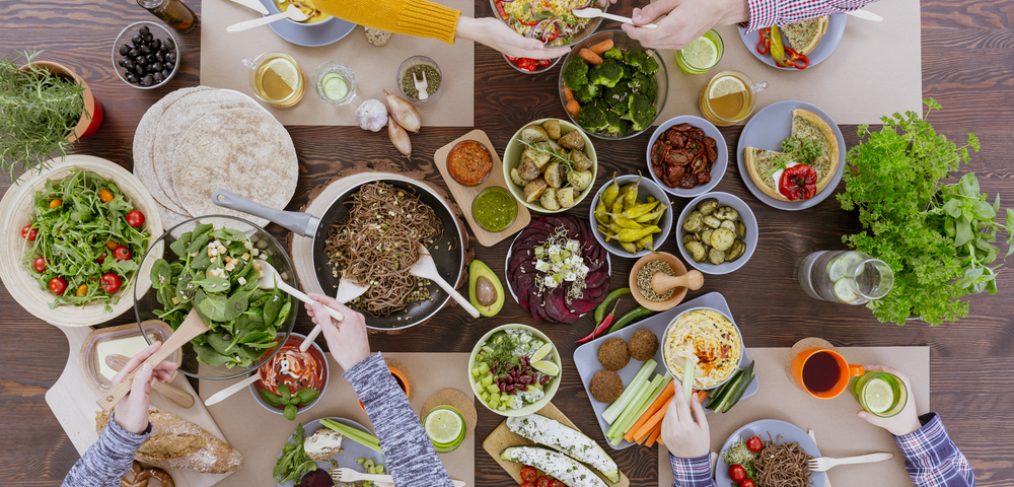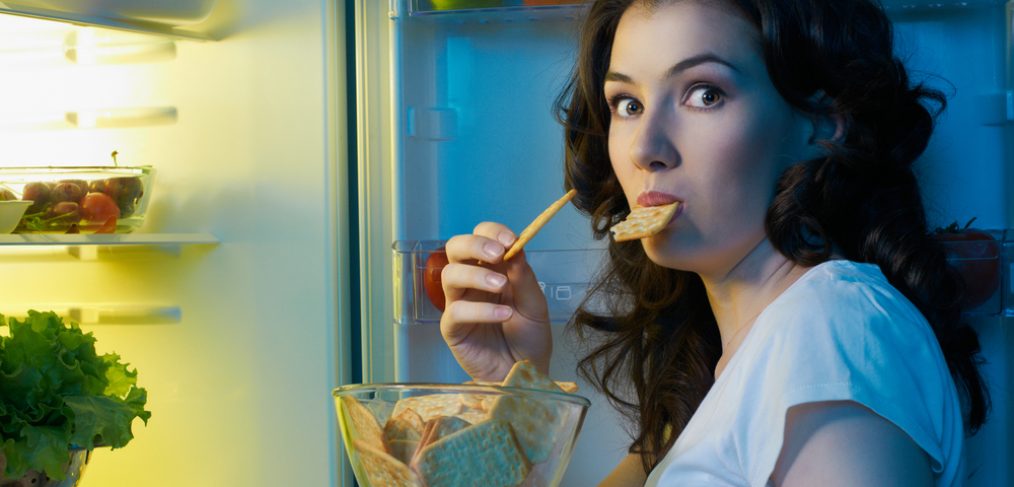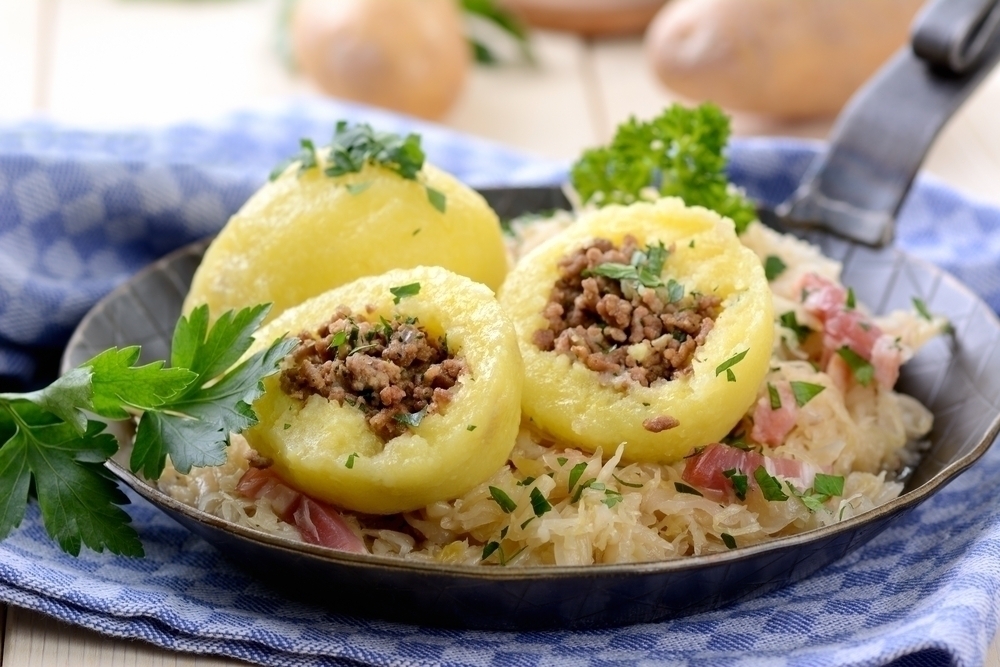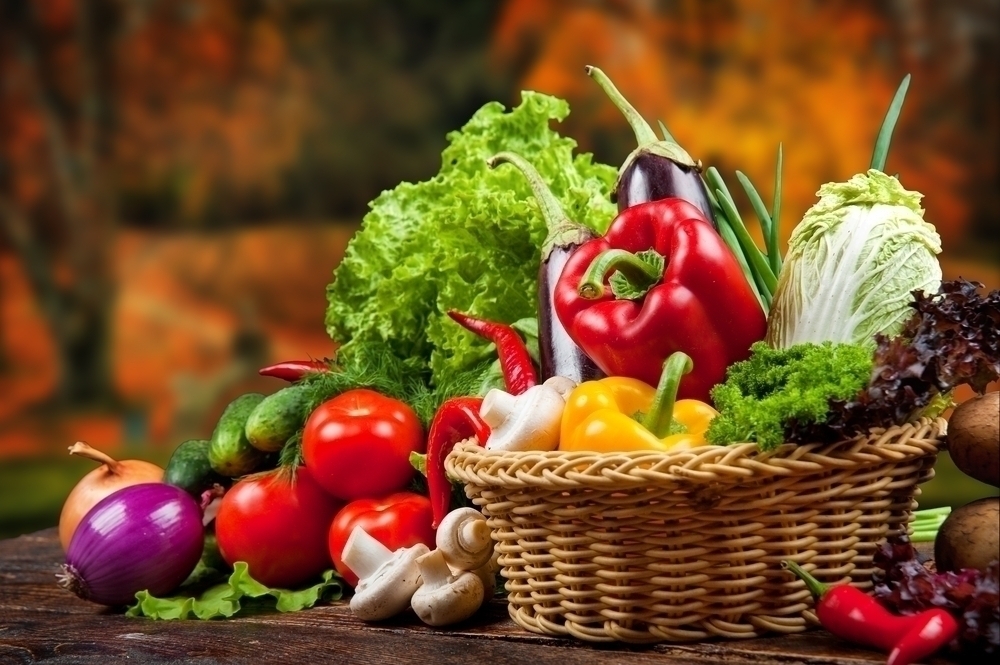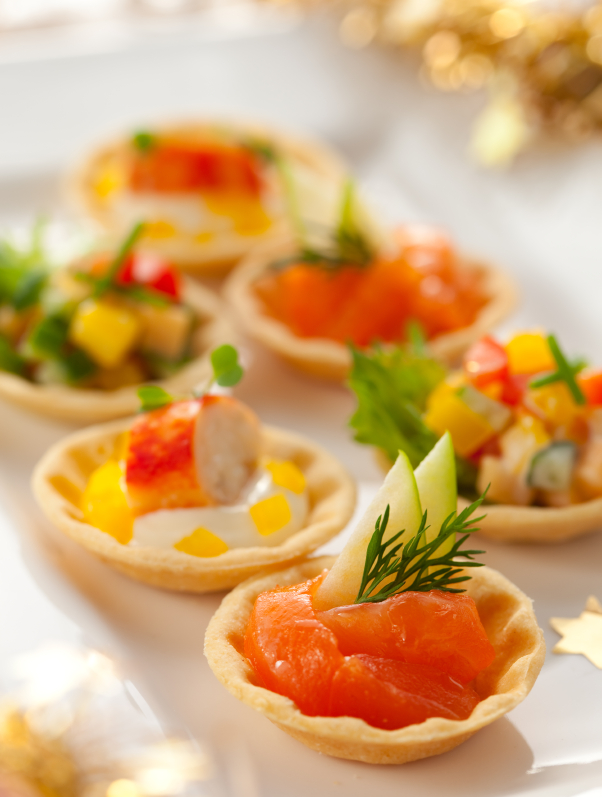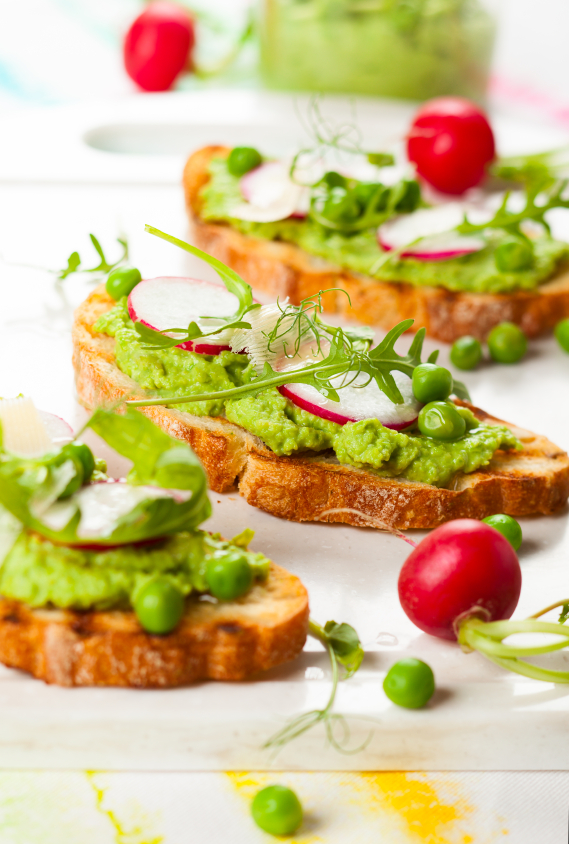Italy is a beautiful country, and you want to take in all the sites and visit the museums, but you have to admit, when it comes to the attractions, food is probably at the top of your list. You’ve heard about the midday Italian soprano; the heaping mounds of spaghetti, the Sicilian pizzas, the succulent meals and tangy cheeses, the rich sauces mopped up with huge hunks of garlic bread, the decadent tiramisu cakes, the thick espresso; you’re already imagining the pictures you’re going to post on Instagram. What you’re not looking forward to is getting back into your skinny jeans when you get home. Here are a few ways of enjoying your vacation without blowing your diet.
Resist the Urge
A study led by Linda H. Clemens of the Consumer Science and Education Department found that women splurge when they eat out and eat normal amounts of other meals during the day. This means they end up taking in many more calories and fat than they need. Clemens advises women to stop thinking of eating out as a special treat which gives us a license to overindulge. She explains, “Many of us grew up thinking of eating out as an event that didn’t happen too often.” However, these days, eating out is much more common. Clemens and other researchers found out that the more women ate out, the higher their total calories, fat, and sodium levels were.
Researchers speculate that there are three main factors contributing to this caloric overabundance from restaurant meals;
- We choose higher fat and higher calorie menu selections.
- Restaurants serve large portions.
- We eat all of it.
Melanie Polk, RD, recommends exercising portion control. She says, “Some Americans are now ordering half sized portions, sharing entrees, taking home leftovers, and ordering appetizers as meals,” she says.
Order Meals Your Way
Another thing customers can do to lower their calorie and fat intake while dining out is asking restaurants to customize menu items. According to a National Restaurant Association report, this is happening at 80% of restaurants with meals averaging $25 per person or over and 70% of restaurants with meals averaging under $25 per person. Customer are interesting items prepared in ways other than those that are listed on the menu, are requesting a range of portion sizes, and many are asking to have food “doggy bagged.”
Everything in Moderation
You don’t have to deprive yourself of food, just try to keep it in moderation. Try to sample foods, rather than feast on them.
Walk
While eating is a big part of the vacation, so is walking. Get in some sightseeing, take a stroll after dinner, swim in the hotel pool, or wake up for an early morning hike to burn some of those mealtime calories.
Make Better Choices
Make healthful choices when you find something that appeals to you. Don’t deprive yourself and then resent it. Swap out small things, that you don’t mind sacrificing, such as condiments, sauces, and dressings. Choose Dijon mustard rather than mayonnaise, or marinara instead of white sauce.
How did you do on your vacation calorie count this year? Let us know how you made better choices and came home at the same weight you were when you left.




